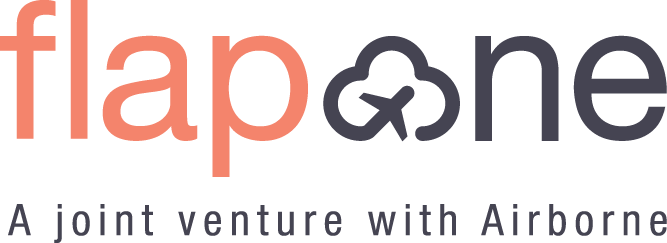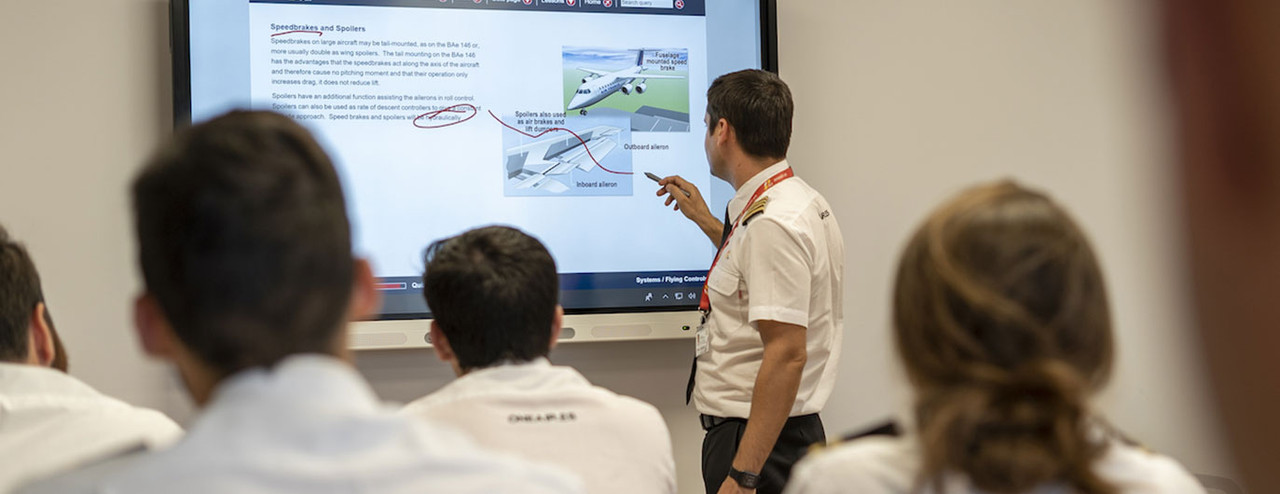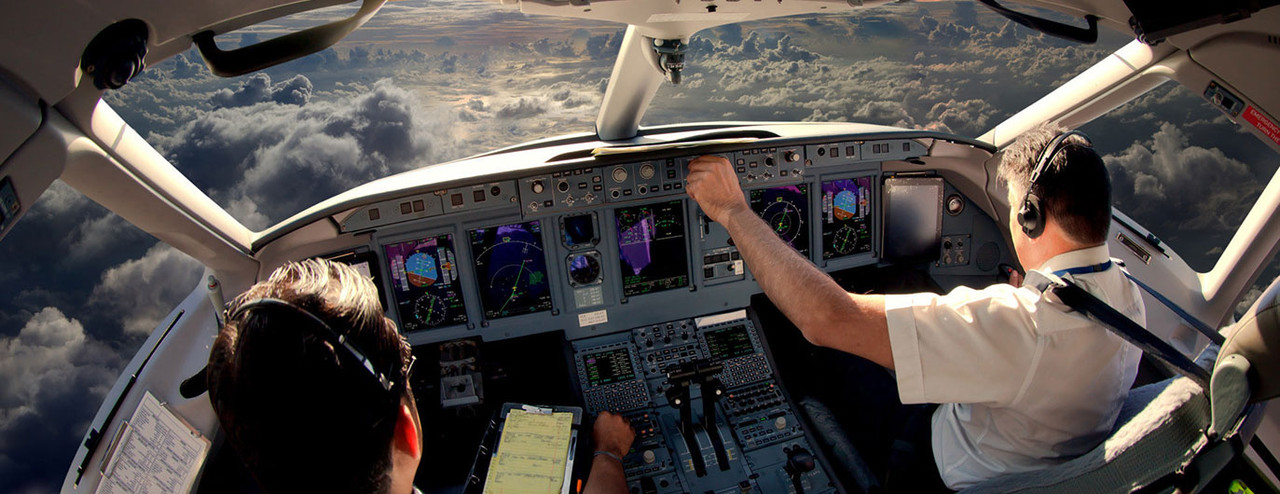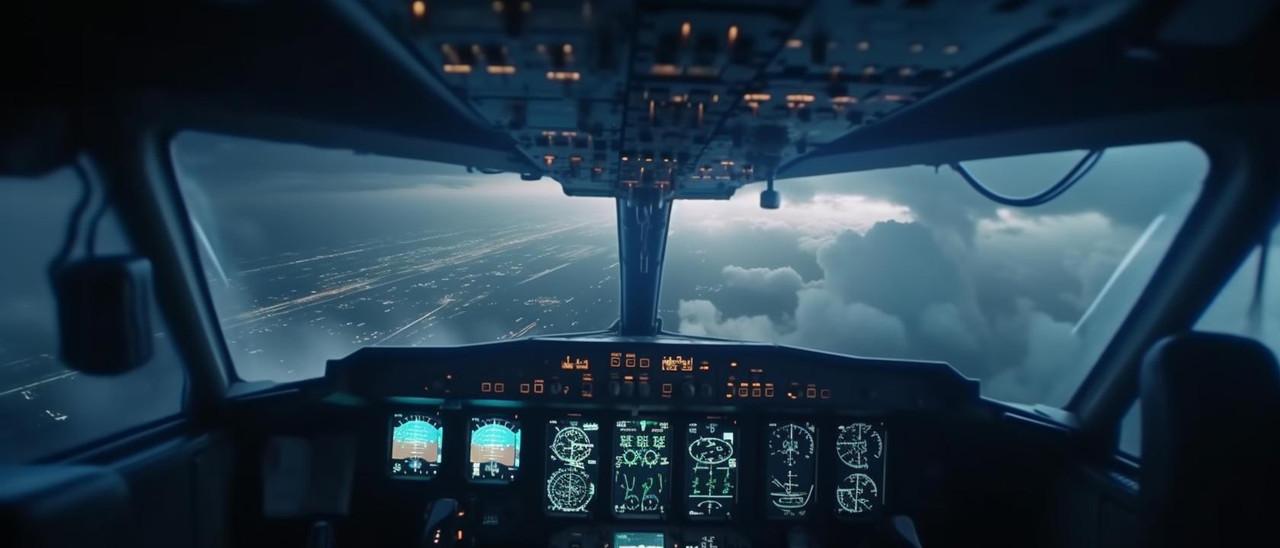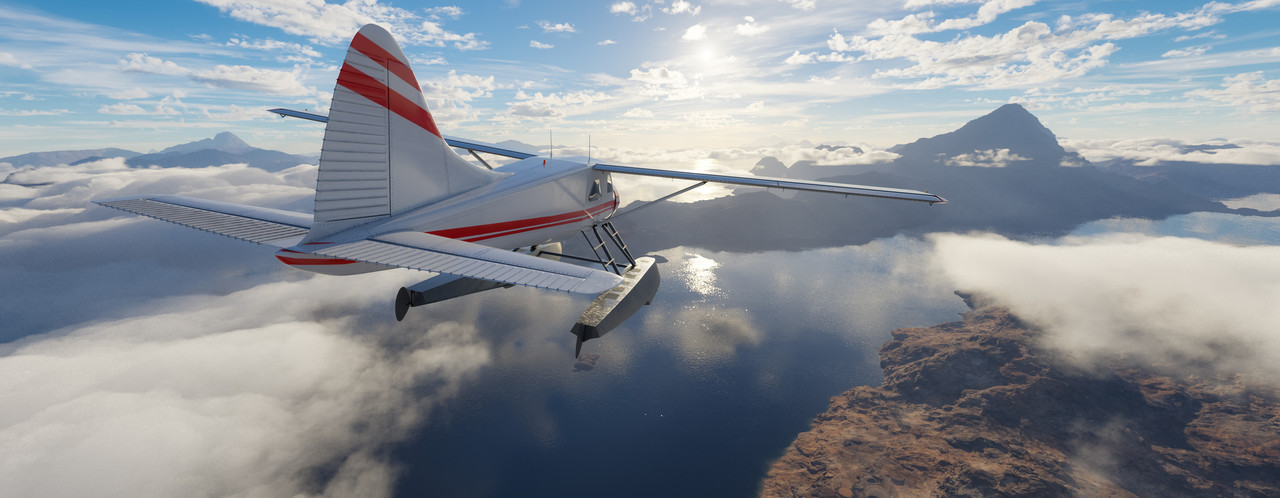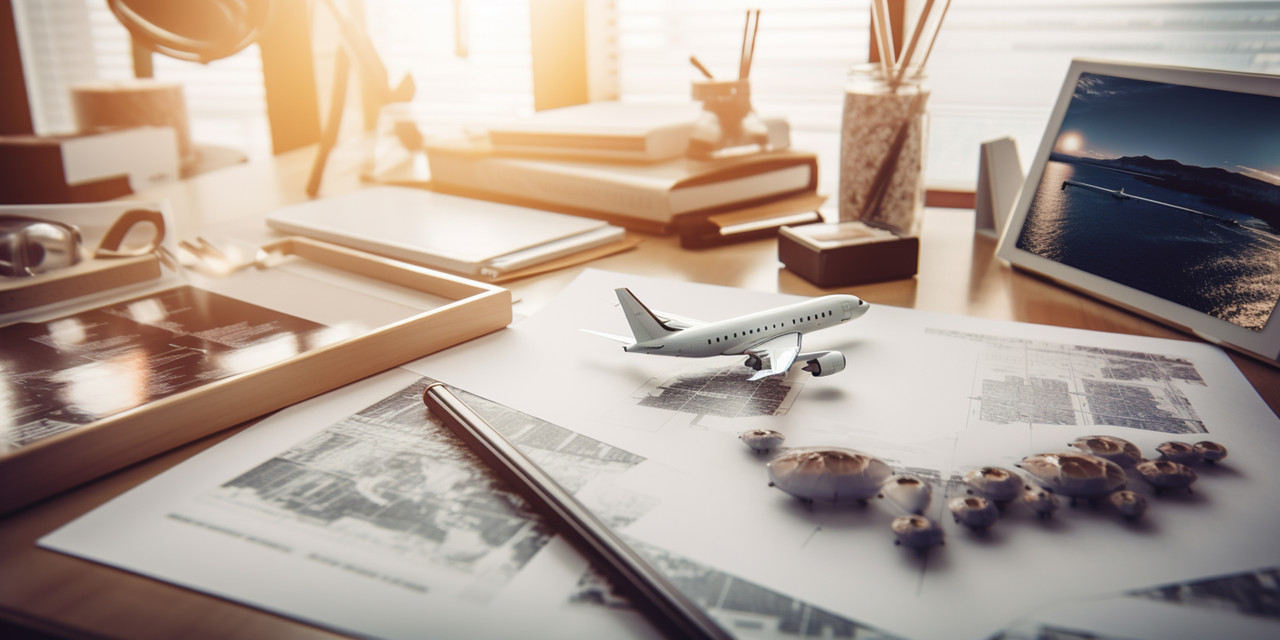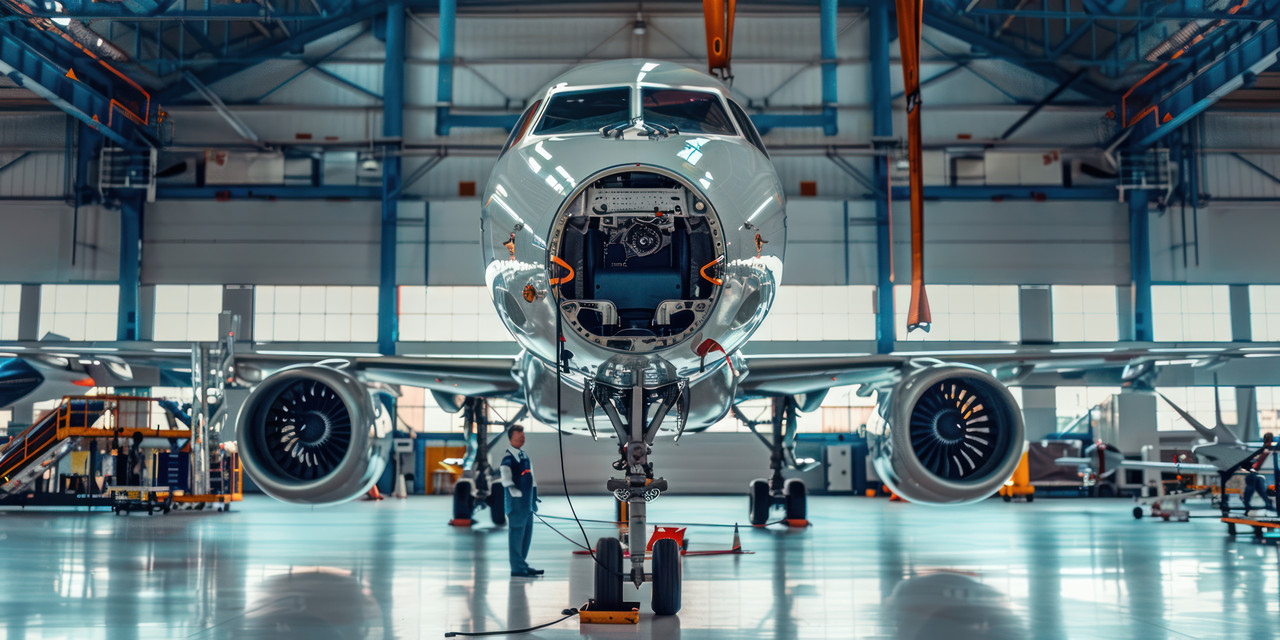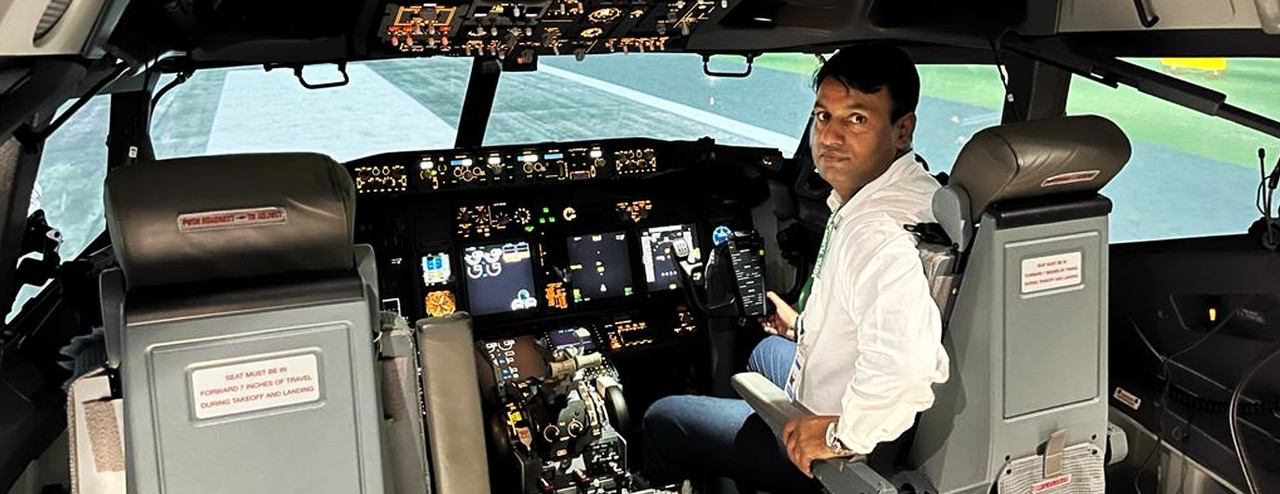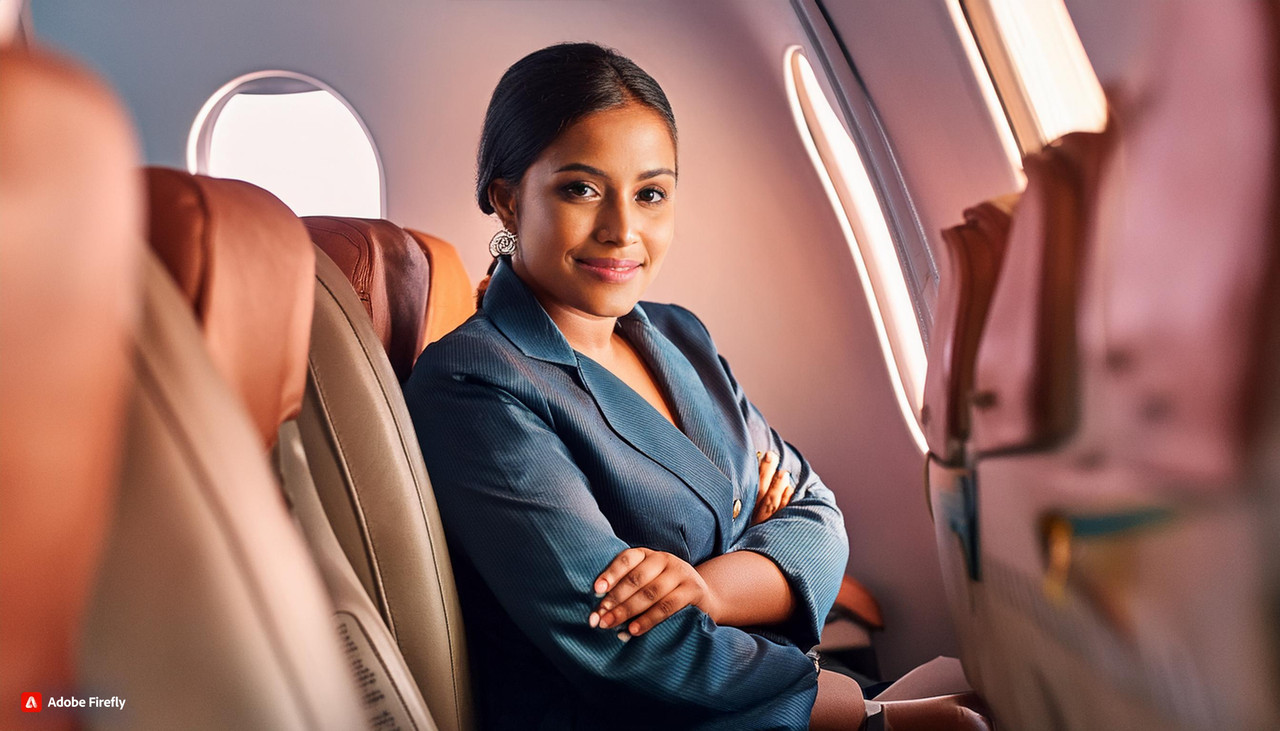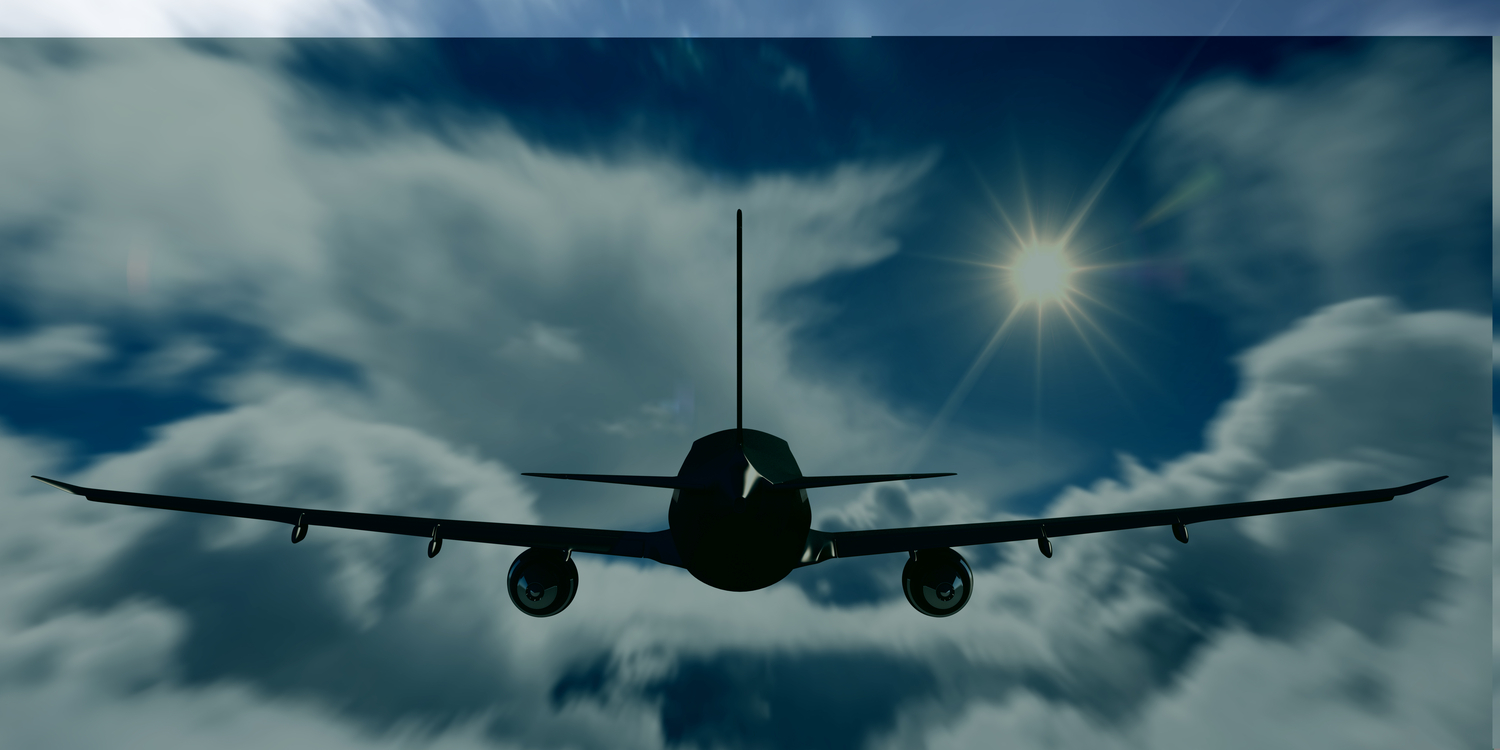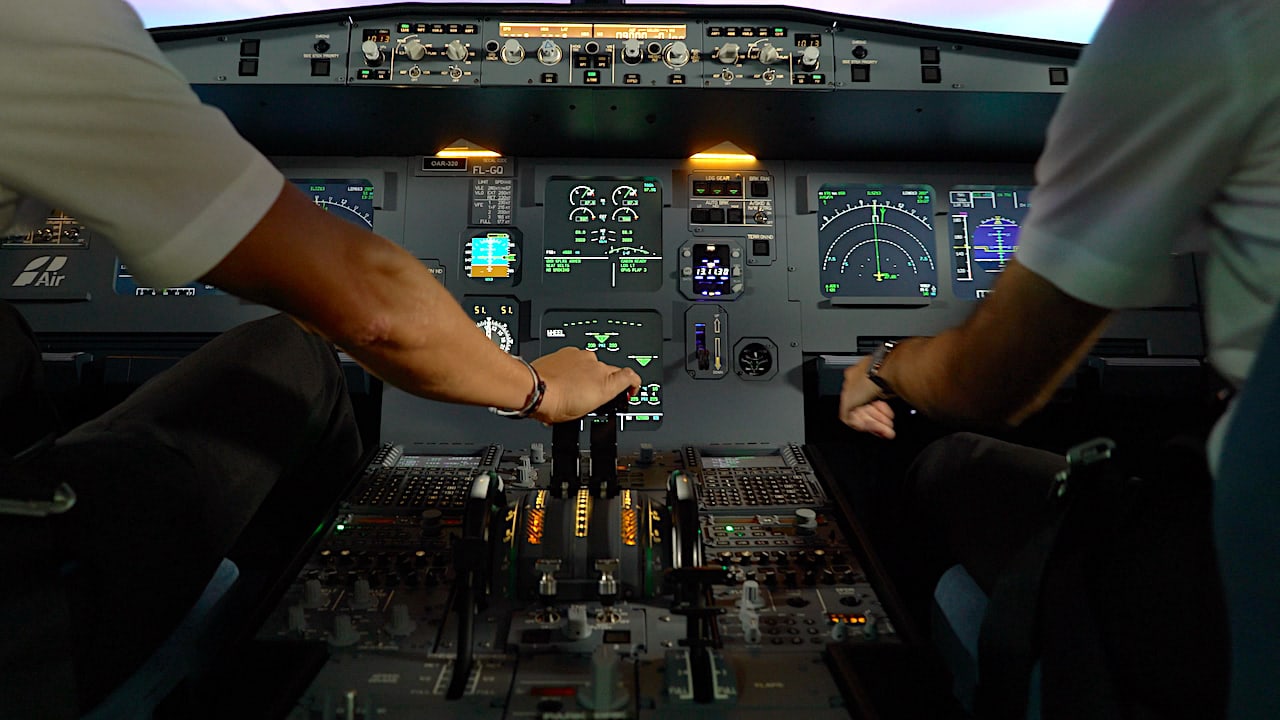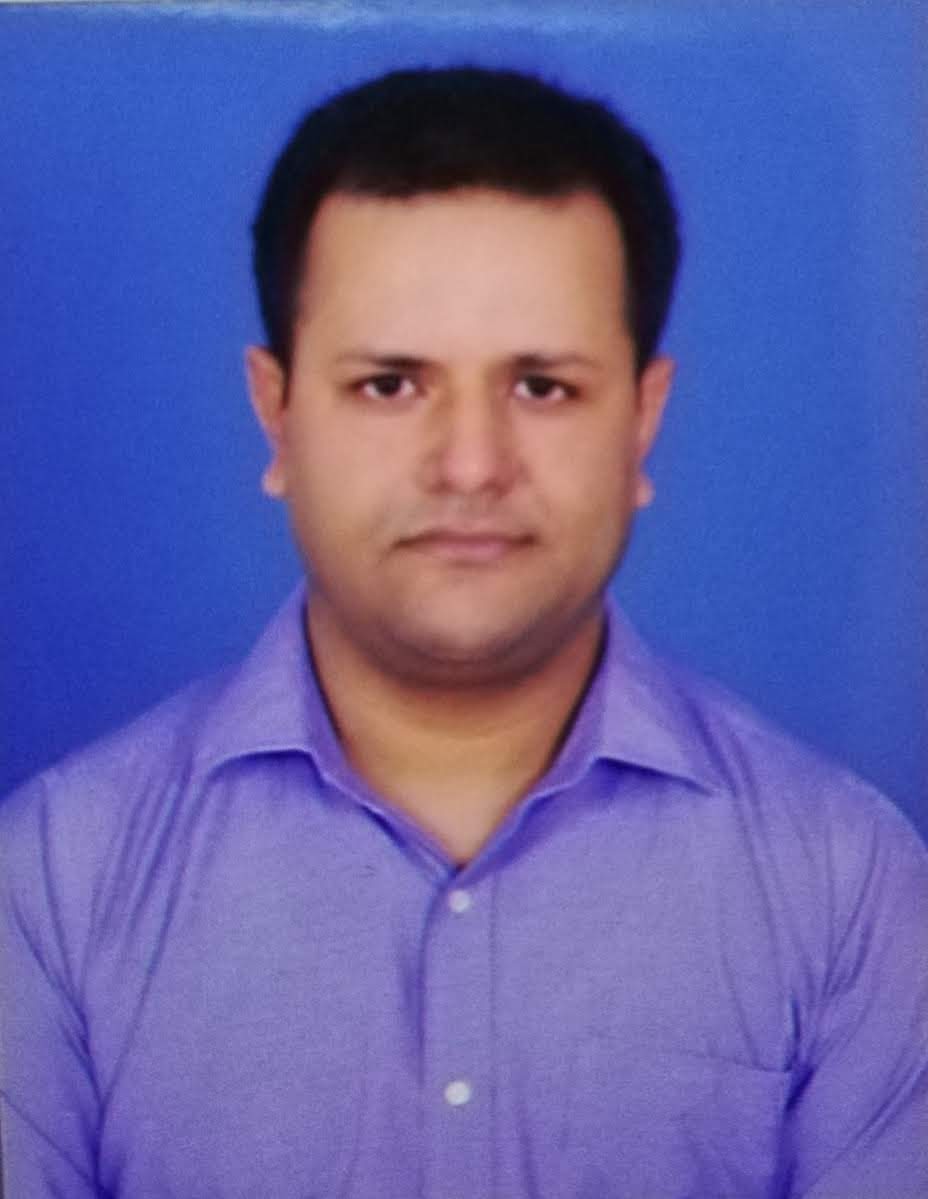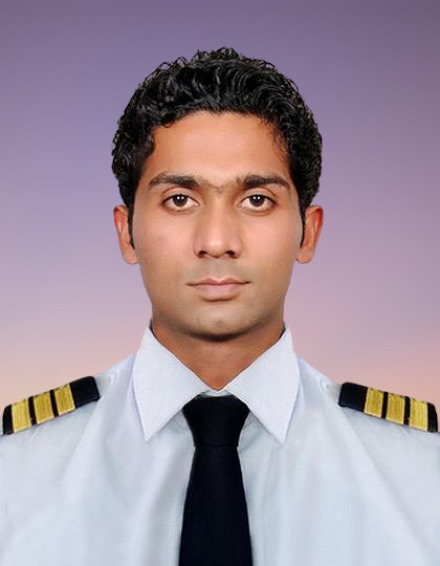About Aircraft Pilot Training
Many aviation enthusiasts dream of becoming aircraft pilots. Aircraft pilot training is an important step in the process of becoming a pilot. With a rising demand for pilots worldwide, understanding the training process is crucial for people looking to go ahead with a career as a pilot.
This includes rigorous theoretical and practical steps designed to provide aspiring pilots with the skills required. The training starts with ground school, where students learn the theoretical aspects of flying, such as aerodynamics, navigation, and aviation regulations.
Following the theoretical groundwork, students transition to flight training, a phase that provides them with practical instruction in aircraft. Under the guidance of certified instructors, trainees practice flying maneuvers and learn to handle real-life situations that might arise during flight. This hands-on experience is a testament to the confidence and competence that pilots bring to their profession.
The Airline Pilot Course
For those wanting to become commercial pilots, an Airline Pilot Course is the next step after preliminary training. This program emphasizes the skills and knowledge essential to operating larger aircraft. The course includes advanced topics, such as flight planning crew resource management and emergency procedures.
Students in an airline pilot course are also trained with simulators, which offer a realistic environment to practice without facing the actual risks associated with the flight. Completing this course is important, as it prepares students for flying aircraft independently.
Airline Pilot Requirements
Candidates should meet some requirements to enroll in aircraft pilot training. These include a minimum age, education, and medical fitness. If we go one by with the airline pilot requirements that need to be met, these are as follows.
- Airline Transport Pilot License (ATPL): ATPL is the highest license in aviation. To get it, one must be at least 21 years old and have 1500 hours of practical flight experience.
- Commercial Pilot License (CPL): This license gives you access to commercial flights. The minimum age to get a CPL is 18, and the practical flying experience should be 250 hours.
- Private Pilot License (PPL): A person should at least be 17 years of age to get a PPL and the flight hours requirement is 50-60 hours
Moreover, candidates should have a medical certificate required for flying and the registered doctors provide that certificate.
Aeroplane Pilot Qualification in India
In India, becoming a pilot involves meeting specific standards laid by the DGCA. The Aeroplane Pilot Qualification in India includes passing 12th with Physics and Mathematics for a Private Pilot Licence (PPL), Commercial Pilot License (CPL), and graduation for an Airline Transport Pilot license (ATPL). The DGCA's guidelines guarantee that all training follows safety standards.
Aircraft pilot training is a mix of ground instruction, practical skills, and adherence to regulatory standards. Whether you want to be a private pilot or dream of flying for a major airline, understanding the entire training process is important. With the right training, you can make a fruitful career in aviation and make a living out of it and also experience the thrill associated with the same.
INSTRUCTOR
Our Instructors
Meet our dedicated instructors, guiding minds to success!

